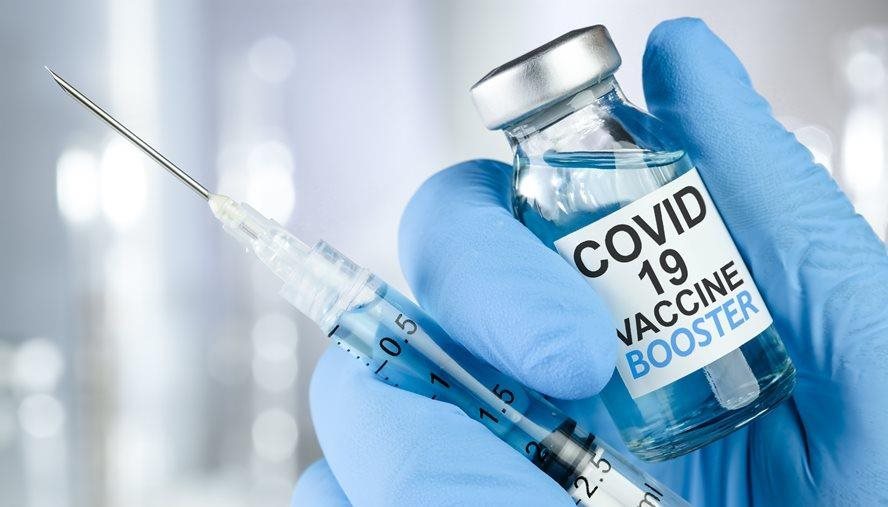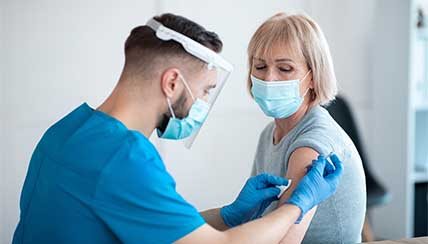Reviewed by Nathan Rabinovitch, MD (February 17, 2022)
Pediatric COVID-19: Diagnosis
Diagnosing COVID-19 in Children
SARS-CoV-2 is a virus that causes the infectious disease COVID-19. It is a new coronavirus, which is a large group of common viruses that cause respiratory and gastrointestinal symptoms.
In cases reported around the globe, COVID-19 looks different in children than it does in adults. Generally, most kids appear to be asymptomatic with mild to moderate disease. When children do have symptoms of COVID-19, they are less severe than symptoms that adults experience. Most kids recover within one to two weeks after symptoms appear.
Most children have either no symptoms or only mild-to-moderate ones. These kids do not need to go to the hospital or see a doctor.
Call your child’s doctor if you notice any symptoms of coronavirus. The doctor can offer advice on symptoms to watch, testing and home treatments. Younger kids may need a referral for COVID-19 testing.
Call a doctor if the child:
Seems very ill
A rash develops
Symptoms improve and then get worse
Develops a rash, fever or bloodshot eyes after being recovered from COVID-19
Go to the emergency room if a child:
Gasps for air, has bluish lips, has rapid breaths or difficulty breathing
Seems confused, lethargic or hard to wake up
Has pressure or pain in the chest or stomach
Has difficulty passing urine, can’t move without help or trouble thinking clearly
Testing Your Child for SARS-CoV-2 (Coronavirus)
Your child’s doctor will determine whether to test your child for COVID-19 based on:
Signs and symptoms
Exposure to kids or adults suspected or diagnosed COVID-19
Travel to areas with ongoing community spread of coronavirus
Increased risk factors for serious illness.
Swab (PCR or Molecular) COVID-19 Test for Children
This test is needed to identify the presence of the SARS-CoV-2 virus that causes the COVID-19 disease.
A long swab is used to take a sample from the back of the nose. The sample is then sent to a lab for testing. If your child is coughing up phlegm (sputum), that also may be sent for testing.
A positive result indicates that viral genetic material is present, but it does not indicate that bacterial or other infections also are present.
A negative result indicates that the SARS-CoV2 virus that causes the COVID-19 disease was not found. It is possible to have a very low level of the virus in the body with a negative test result.
COVID-19 Antibody Test for Kids
This blood test is designed to detect antibodies (immunoglobulins called IgG or IgM) against the coronavirus that causes the disease called COVID-19. Antibodies develop in most child patients within seven to 10 days after symptoms begin. If antibodies are detected, it means that your kid may have had the disease recently.
Learn more about the types of tests for coronavirus.
| The information on our website is medically reviewed and accurate at the time of publication. Due to the changing nature of the COVID-19 pandemic, information may have since changed. CDC.gov and your state’s health department may offer additional guidance. |


